Family quest brings joy and tears

When Li Yong took the train to the Inner Mongolia autonomous region, more than 1,500 kilometers away from his hometown — Liyang, Jiangsu province, he was just 2 years old.
He was among about 3,000 children from the southern China, who were adopted by herdsmen in the late 1950s, when the country was hit by natural disasters and the government of Inner Mongolia took the initiative to take care of these children.
Over the past six decades, these adoptees learned to integrate into their new environment and families, but they haven't stopped delving into their past and exploring their roots.
Although challenging, the journey for some has been realized thanks to the reunion action launched by the Ministry of Public Security and the application of the DNA technology.
On Dec 31, Li finally reunited with his mother, 97-year-old Shi Bamei, in a village in Liyang.
Bursting into tears of joy, Li hugged his mother, who kept apologizing for the long separation.
Adopted by a family in a village in the Xiliin Gol League in Inner Mongolia, Li's foster parents hadn't talked about his past. He gradually learned that he was adopted when chatting with villagers.
After his foster parents passed away, Li came up with the idea of looking for his biological mother.
However, it was not easy for him as he didn't know his biological family or even his birthplace.
The turning point came in 2021, when Li's daughter told him that the Ministry of Public Security was helping people find their parents through DNA comparison with the assistance of a national DNA database, which was established in 2009 to combat child abduction and trafficking.
After having a blood sample taken at the local police station, Li waited for two years.
Late last year, he got notified that his mother had been found.
Increasingly, since 2021, people, like Li, have reconnected with their lost families after the ministry launched a one-year program to help people reunite with family members.
Cao Wenqing, head of the Xiliin Gol League Public Security Bureau, says genetic testing has proved to be the most effective way to find biological relatives. But even after DNA testing, much remains to be done.
Take Li's case for example. After analyzing and comparing his DNA data in the national database, police found several families which could potentially be his relatives in Yixing, Jiangsu.
Police contacted a local volunteer group that specializes in helping find long-lost relatives to trace their genealogical lineage.
The volunteers visited these families, took blood samples of Li's possible relatives and sent them back to the police.
The DNA testing confirmed that Li's biological mother is Shi.
At Shi's home, Li served his mother a spoonful of tangyuan, a sweet dumpling symbolizing reunion, on Dec 31.
The next day, Li Shiying, 67, from Wuhai, Inner Mongolia, reunited with his five siblings in Yujiaqiao village, Yixing.
He was also among the children adopted by Inner Mongolian herdsmen in the late 1950s.
"With the support and cooperation between the police and volunteer groups, I believe there will be more good news for people with long-lost relatives. There will be new reunions and new hope," Cao says.
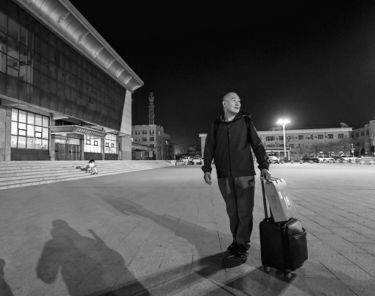
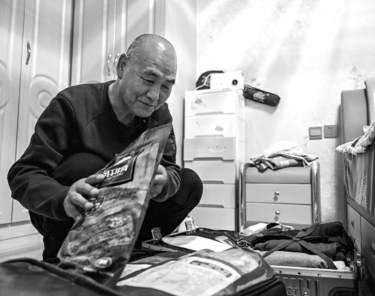

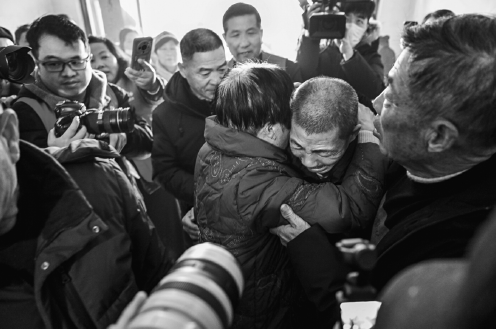
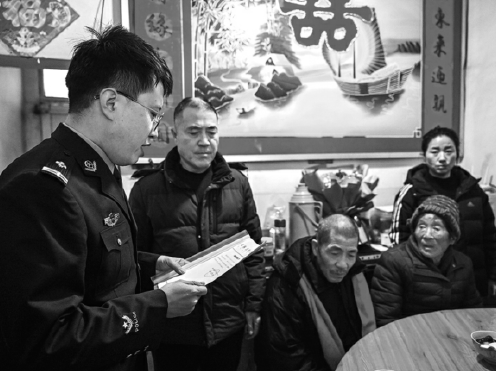
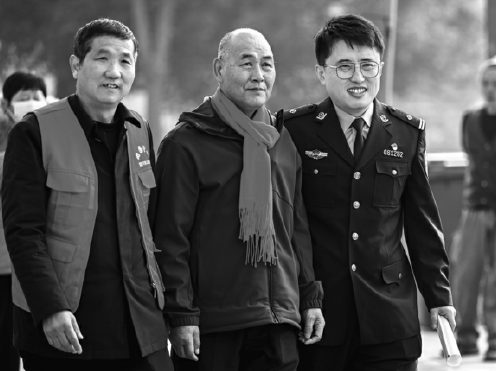
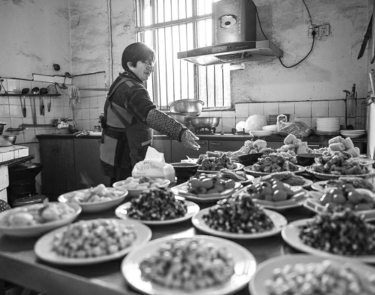
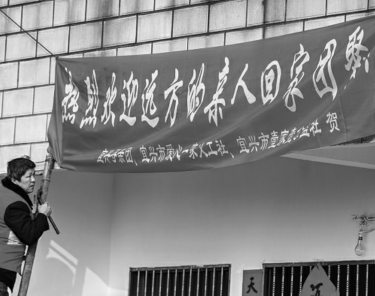
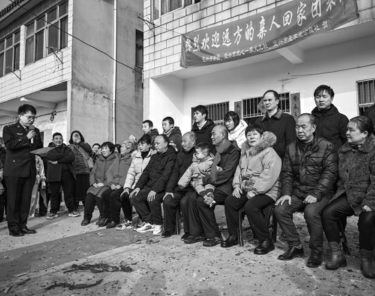
Today's Top News
- Xi taps China's deep wisdom for global good
- New rules aim for platforms' healthy growth
- Chinese web literature grows overseas
- Postgrad exam trend points to thoughtful approach
- World's highest urban wetland a global model
- How China's initiatives are paving a new path to a better world






























